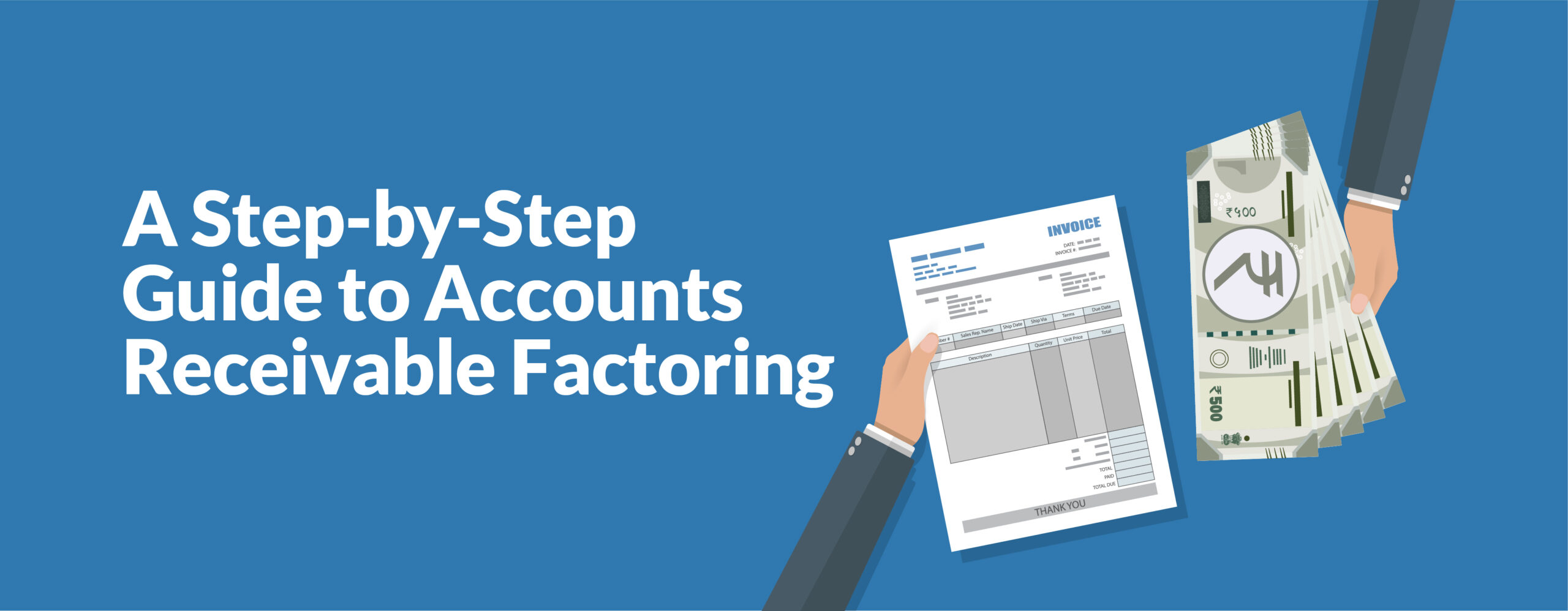Running a small or medium-sized enterprise (SME) often involves juggling multiple responsibilities, and managing cash flow is one of the most critical. Late-paying clients or long invoice cycles can strain your finances, leaving you scrambling to cover operational expenses. That’s where accounts receivable factoring can become your financial lifeline. Let’s dive into how factoring works and how it can help your SME thrive.
What Is Accounts Receivable Factoring?
Invoice factoring is a financial transaction where a business sells its accounts receivable (unpaid invoices) to a third party, known as a factor, at a discount. Instead of waiting for customers to pay their invoices, the business gets immediate cash from the factor, allowing them to address immediate financial needs, implement working capital solutions, or invest in business growth financing opportunities.
For example, consider a small clothing manufacturer supplying apparel to retail stores. Due to extended payment terms, the manufacturer faces cash flow issues. To overcome this, they sell ₹1,00,000 worth of unpaid invoices to a factoring company at a discount. The factoring company provides ₹80,000 upfront (80% of the invoice value). After 60 days, when the retailers pay their dues, the factoring company deducts a fee (say 3%, ₹3,000) and transfers the remaining ₹17,000 back to the manufacturer. This immediate infusion of cash helps the business cover expenses and fulfill new orders without delays.
The Step-by-Step Process of Accounts Receivable Factoring
Here’s a simple breakdown of how accounts receivable factoring works:
Step 1: Choose the Right Factoring Partner
Not all factoring companies are the same. Look for one that aligns with your industry, offers competitive rates, and has a reputation for excellent customer service. Some specialize in working with SMEs and understand the unique challenges smaller businesses face.
Step 2: Submit Your Invoices
Once you’ve chosen a factoring partner, you’ll submit the unpaid invoices you want to factor. These invoices must typically be due from creditworthy clients, as the factoring company’s risk depends on your customers’ ability to pay.
Step 3: Receive an Advance Payment
After evaluating the invoices and your customers’ creditworthiness, the factoring company will advance you a percentage of the invoice value.
Step 4: Let the Factoring Company Handle Collections
The factoring company takes over the responsibility of collecting payments from your customers. This frees up your time and resources, so you can focus on growing your business.
Step 5: Receive the Remaining Balance
Once your customer pays the invoice in full, the factoring company releases the remaining balance to you, minus their fee.
Benefits of Accounts Receivable Factoring
Factoring offers several advantages that make it an attractive financing option for SMEs:
- Improved Cash Flow
Get immediate access to working capital to cover expenses like payroll, inventory, or new business opportunities. - No Debt Incurred
Unlike loans, factoring doesn’t add debt to your balance sheet. It’s a cash flow solution based on money you’re already owed. - Flexible Financing
You can choose which invoices to factor and when, giving you more control over your cash flow. - Time Savings
By outsourcing collections to the factoring company, you can focus on running your business instead of chasing down payments. - Access to Expertise
Many factoring companies offer credit checks and insights on your customers, helping you make informed decisions about extending credit in the future.
Common Misconceptions About Factoring
Factoring often comes with a few myths that can discourage business owners from exploring this option. Let’s debunk some:
- Only for Financially Struggling Businesses: Factoring isn’t limited to businesses facing cash flow challenges. It’s a strategic tool for managing working capital and enabling growth, widely used by businesses of all sizes.
- Too Expensive: While factoring does involve fees, the cost is often justified by the immediate cash flow and operational flexibility it provides. Consider it an investment in smoother operations.
- Negatively Impacts Customer Relationships: Reputable factoring companies handle collections professionally, ensuring your relationships with customers remain positive and unaffected.
- Loss of Control Over Finances: Factoring is not about relinquishing control but rather optimizing your cash flow. You decide which invoices to factor, retaining significant control over the process.
Is Factoring Right for Your Business?
To determine if factoring suits your business, evaluate the following:
- Do You Have Outstanding Invoices from Reliable Clients?
Factoring is most effective when your receivables are due from creditworthy customers.
- Do You Need Immediate Access to Cash?
If delayed payments are holding you back from covering expenses or pursuing growth opportunities, factoring can provide a quick solution.
- Are You Spending Excessive Time on Collections?
If chasing payments is consuming your resources, outsourcing collections to a factoring company can save time and energy.
- Would Accelerated Cash Flow Support Business Growth?
Immediate funds can help you seize time-sensitive opportunities, invest in inventory, or stabilize your operations.
If your answer to any of these questions is “yes,” factoring could be a valuable financial tool for your SME.
Conclusion
Accounts receivable factoring can be a game-changer for SMEs looking to accelerate cash flow and reduce financial stress. By partnering with the right factoring company, you can turn unpaid invoices into immediate working capital, giving your business the fuel it needs to thrive.
Ready to explore factoring as a financing solution? Start by researching reputable factoring companies and comparing their offerings. Platforms like Mynd Fintech make the process simple, transparent, and tailored to your business needs. Don’t let cash flow challenges hold you back—take control of your finances and watch your business soar!

